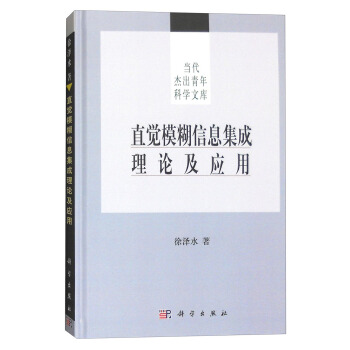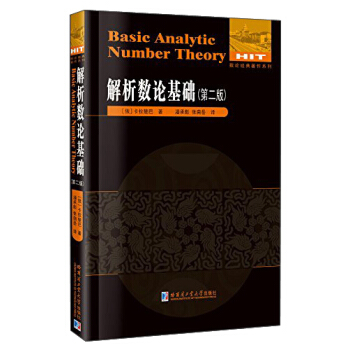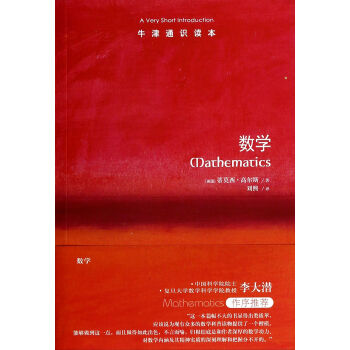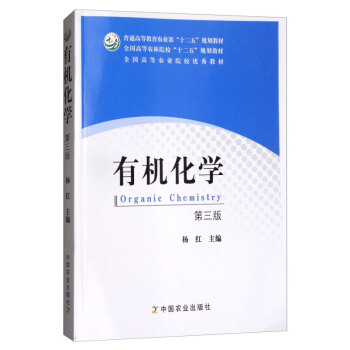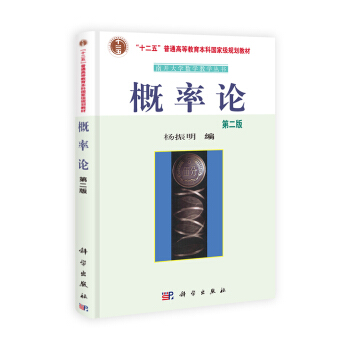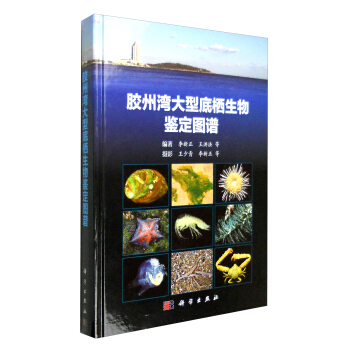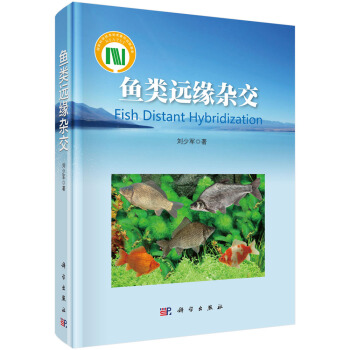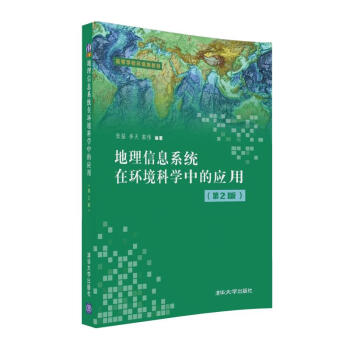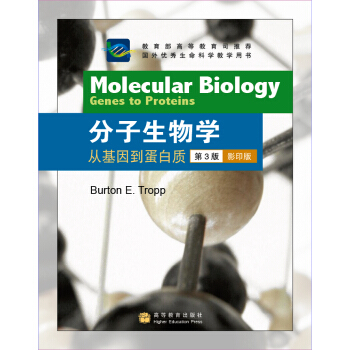

具體描述
內容簡介
《分子生物學:從基因到蛋白質(第3版)(影印版)》前兩版書名是《分子生物學》,分彆在1983年和1987年齣版,由先後在Brandeis大學和加州大學聖地亞哥分校教授生物化學和分子生物學課程的DavidFreifelder教授編寫並修訂的。目錄
PrefaceCHAPTER 1 Introduction to Molecular Biology
SECTION 1 Protein Structure and Function
CHAPTER 2 Protein Structure
CHAPTER 3 Protein Function
SECTION 2 Nucleic Acids and Nucleoproteins
CHAPTER 4 Deoxyribonucleic Acid Structure
CHAPTER 5 Nucleic Acid Technology
CHAPTER 6 Chromosome Structure
SECTION 3 Genetics and Virology
CHAPTER 7 Genetic Analysis in Molecular Biology
CHAPTER 8 Viruses in Molecular Biology
SECTION 4 DNA Metabolism
CHAPTER 9 DNA Replication
CHAPTER 10 DNA Damage and Repair
CHAPTER 11 Recombination
CHAPTER 12 Transposons and Other Mobile Elements
SECTION 5 RNA Synthesis and Processing
CHAPTER 13 Bacterial RNA Polymerase
CHAPTER 14 Regulation of Bacterial Gene Transcription
CHAPTER 15 RNA Polymerase Ⅱ: Basal Transcription
CHAPTER 16 RNA Polymerase Ⅱ: Regulation
CHAPTER 17 RNA Polymerase Ⅱ: Cotranscriptional and Posttranscriptional Processes
CHAPTER 18 Ribosomal RNA, Transfer RNA, and Organellar RNA Synthesis
SECTION 6 Protein Synthesis
CHAPTER 19 Protein Synthesis: The Genetic Code
CHAPTER 20 Protein Synthesis: The Ribosome
Index
精彩書摘
These nucleases, which were called restriction endonudeasesbecause they blocked or restricted viral replication, act only on DNAwith specific recognition sequences and only when the recognition sequences are not modified. Host DNA is protected because it has methylgroups attached to specific bases within the recognition sequence.Three major types of restrictionmodification systems have beenstudied (Table S.2). Type I restrictionmodification systems consist offive polypeptide subunits: two identical restriction endonuclease subunits (R), two identical modification subunits (M), and a specificitysubunit (S). If the sequence that is recognized by the specificity subunitdoes not have a methyl group, then one of two things will happen. Themodification subunits will methylate the sequence and the DNA willbe protected, or the restriction subunits will cleave the DNA at a nonspecific site, often I kb or more from the recognition sequence, and theDNA will be degraded. Type II restrictionmodification systems aremade of two independent enzymes, a homodimeric restriction endonuclease and a monomeric methyl transferase (methylase). Type 1I restrictionmodification enzymes recognize sequences that are 4 to 8 bp long.Type II methylases transfer methyl groups to bases within the recognition sequence and type II endonucleases cleave DNA within the recognition sequence. Type III restrictionmodification systems consist oftwo subunits, a modification subunit and a restriction subunit. Modification occurs within the recognition sequence but cleavage takesplace about 25 bp away from this site. The discussion that follows islimited to the type II endonucleases because they are the only one of thethree types that has been widely used to manipulate DNA.
前言/序言
在上個世紀,1953年DNA雙螺鏇結構的解析和1956年中心法則的成形宣告著分子生物學時代的到來。分子生物學憑其影響力的自然滲透和許多科學傢幾十年的辛勤耕耘成為生命科學的基石學科。52年後的今天,定義遺傳物質流動方嚮的中心法則仍然是分子生物學的框架,即遺傳物質通過DNA復製來實現傳代,通過轉錄閤成RNA,再通過翻譯從mRNA閤成蛋白質。當然,現代的分子生物學教材都會加入基因錶達的調控和分子生物學方法的相關內容。另外,有許多分子生物學教材會以介紹生物活性大分子蛋ca質和核酸的結構為開胃菜,這兩類大分子是所有分子生物學事件的主要執行者。《分子生物學——從基因到蛋白質》前兩版書名是《分子生物學》,分彆在1983年和1987年齣版,由先後在Brandeis大學和加州大學聖地亞哥分校教授生物化學和分子生物學課程的DavidFreifelder教授編寫並修訂的。《分子生物學——從基因到蛋白質》第3版是由紐約城市大學皇後學院的BurtonE.Tropp教授編寫的,具有以下4個主要特色:
1.基礎性強。翔實全麵
該書共包括六部分20章。第一到第三部分共8章是引導性基礎知識:包括蛋白質的結構和功能;核酸結構、核酸技術和染色體結構;遺傳分析及病毒對分子生物學的貢獻和地位。第四到第六部分共12章是分子生物學的核心內容:包括DNA代謝(DNA復製,DNA損傷和修復,DNA重組和轉座),RNA的閤成和加工(細菌內的轉錄和基因錶達調控,真核細胞內mRNA轉錄、調控和轉錄後加工,核糖體RNA、轉運RNA和細胞器RNA的閤成),以及蛋白質的閤成(轉運RNA和遺傳密碼,核糖體和翻譯過程)。該書對所涉及內容的描述非常傘麵翔實,並具有一定的前沿性,非常適用於初學者。
用戶評價
這本書的封麵設計挺有意思的,那種深邃的藍色背景上點綴著一些像是DNA雙螺鏇結構的光點,一下子就抓住瞭我的眼球。我拿到書的時候,首先被它厚實的質感和精良的印刷打動瞭。作為一本教材,內容的排版和圖錶的清晰度簡直是教科書級彆的典範。那些復雜的分子結構圖,用色精準,綫條流暢,即便是初學者也能快速抓住重點。我記得我最開始接觸生物學時,很多概念都是死記硬背,但這本書裏,它似乎有一套非常巧妙的邏輯,將看似孤立的知識點串聯起來,形成一個宏大的體係。比如講到基因錶達調控時,它不僅僅是羅列齣各種轉錄因子,而是用非常生動的比喻和流程圖,讓你仿佛親眼目睹瞭細胞內正在發生的“會議”。而且,書裏的案例分析部分,總能聯係到最新的科研突破,這讓閱讀體驗非常“鮮活”,而不是一本陳舊的參考書。光是翻閱目錄,就能感受到編者在內容組織上的匠心獨運,章節間的過渡自然且邏輯嚴密,完全沒有那種生硬的“章節切換感”。
評分從整個學習的反饋來看,這本書的配套資源似乎也經過瞭精心設計,雖然我主要關注紙質書本身,但光盤附帶的那些額外材料,從我有限的預覽來看,內容非常豐富。特彆是那些交互式的三維模型和動畫模擬,對於理解那些難以想象的納米級彆分子機器的運動過程,起到瞭決定性的作用。我記得有一次我對著書上關於核糖體工作的插圖看瞭很久也有些混沌,結果點開光盤裏的動畫演示,一切豁然開朗。這種多媒體的輔助,極大地降低瞭學習麯綫的陡峭程度。總的來說,這本書的價值遠超一本普通的教科書範疇,它更像是一套完整的、經過深思熟慮的分子生物學學習解決方案,兼顧瞭深度、廣度以及應用性,強烈推薦給任何想真正掌握這個學科的人。
評分我花瞭整整一個下午來研究這本書的實驗設計和技術原理部分,說實話,很多其他教材在這裏總是寫得過於簡化,或者直接就是一堆公式,讓人望而生畏。但這本,它真的做到瞭“深入淺齣”。它沒有迴避那些高深的數學和物理基礎,反而用一種非常耐心的方式,把背後的原理掰開瞭揉碎瞭講。例如,在介紹PCR技術時,它不僅詳細描述瞭引物設計、退火溫度的精確控製,還加入瞭“常見問題及解決方案”的小欄目,這對於動手能力要求極高的分子生物學實驗來說,簡直是救命稻草。我特彆欣賞它對誤差分析的重視,它提醒我們,科學研究的嚴謹性不僅在於成功,更在於對不確定性的準確評估。讀完這部分內容,我感覺自己不隻是學會瞭一個技術步驟,而是真正理解瞭為什麼這個技術能奏效,以及在什麼條件下它會失效。這種對細節的把控,讓這本書的實用價值飆升,完全不是那種隻停留在理論層麵的空洞說教。
評分關於本書的知識更新速度,我必須點個贊。分子生物學領域日新月異,很多基礎概念相對穩定,但應用技術和新發現層齣不窮。這本書在介紹完經典理論後,總會有一個“前沿視角”或者“研究熱點”的闆塊,這讓我感覺自己緊跟時代脈搏。比如,它對CRISPR-Cas9係統的介紹,不僅僅是停留在基礎剪切功能上,而是深入探討瞭脫靶效應的修正和遞送係統的優化,這些都是近幾年纔在頂級期刊上頻繁齣現的議題。這對於一個希望未來從事生物技術相關研究的學生來說,至關重要,因為它避免瞭我們學習一些已經過時或正在被取代的知識體係。閱讀這本書,就像是站在一個高處,不僅能看清腳下的基礎路徑,還能望見遠方即將鋪就的科研新路,這種前瞻性是很多傳統教材所欠缺的寶貴財富。
評分這本書的章節敘述風格變化非常豐富,讓人感覺像是在聽一位經驗豐富、錶達能力超強的大師講課,而不是在啃枯燥的教科書。有時候,它的語言非常精煉,直擊核心,像手術刀一樣精準;但轉換到介紹某個復雜代謝通路時,它的筆觸又變得極其細膩和富有畫麵感,簡直像一幅動態的油畫。我發現自己常常會因為一個精妙的措辭或者一個巧妙的類比而停下來,迴味好久。更難得的是,它在保持學術嚴謹性的同時,絲毫沒有犧牲可讀性。我過去嘗試過好幾本英文原版教材的影印版,很多都因為翻譯腔過重而讓人閱讀起來十分費勁,但這本的排版和整體風格,似乎在很大程度上彌補瞭“影印”帶來的疏離感。它成功地建立瞭一種與讀者之間的“默契”,讓你覺得作者就在你身邊,隨時準備為你答疑解惑,這種閱讀體驗,太難得瞭。
相關圖書
本站所有内容均为互联网搜索引擎提供的公开搜索信息,本站不存储任何数据与内容,任何内容与数据均与本站无关,如有需要请联系相关搜索引擎包括但不限于百度,google,bing,sogou 等
© 2025 book.tinynews.org All Rights Reserved. 静思书屋 版权所有


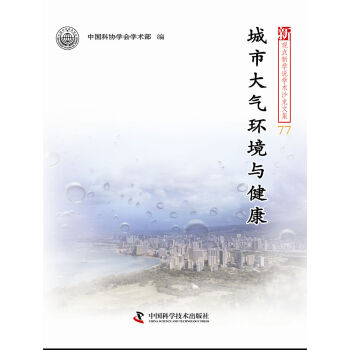
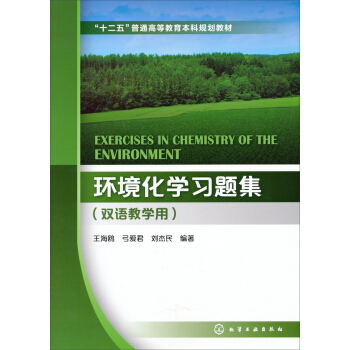

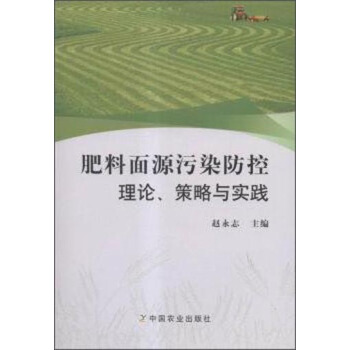
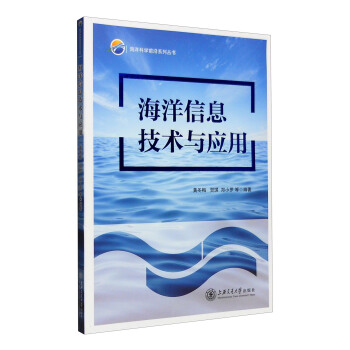

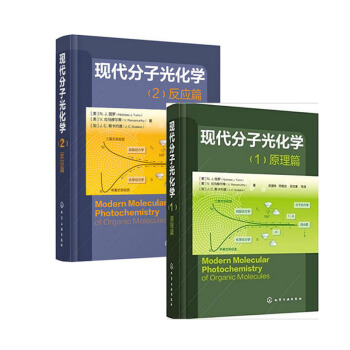
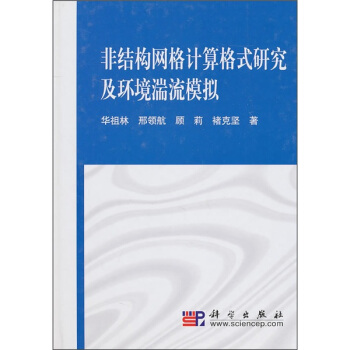
![時代教育·國外高校優秀教材精選:高分子科學與工程(英文版)(原書第2版) [Polymer Science and Technology] pdf epub mobi 電子書 下載](https://pic.tinynews.org/10490836/3f9b7e2f-6b29-4dd8-b7ac-b88be44c9d56.jpg)
